Imagine waking up in a cozy, sustainable pod nestled in nature, surrounded by greenery and fresh air. The concept of housing is evolving rapidly. Gone are the days when sprawling mansions ruled the landscape. Today, innovative designs are paving the way for eco-friendly living solutions that not only minimize our carbon footprint but also offer modern comfort. Ecolution Design Pods have emerged as a game-changer in how we think about homes. These compact structures symbolize efficiency and sustainability while promoting a lifestyle that harmonizes with nature. They challenge traditional notions of space and functionality, proving that less can indeed be more.
Types of Sustainable Pods (Tiny Homes, Prefabricated Homes, etc.)
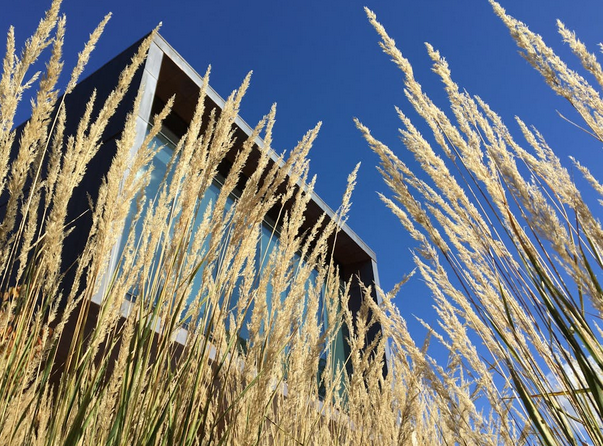
Sustainable pods come in various forms, catering to diverse lifestyles. Tiny homes are a popular choice for those seeking minimalism. These compact dwellings maximize space while using eco-friendly materials and energy-efficient systems. Prefabricated homes offer another innovative solution. Built off-site and assembled quickly, they reduce construction waste and time. With customizable designs, homeowners can create spaces that reflect their personal style while maintaining sustainability. Another exciting option is modular housing.
Benefits of Sustainable Pods
Sustainable pods offer numerous advantages that appeal to modern homeowners. These compact living spaces are designed with energy efficiency in mind. This means lower utility bills and a reduced carbon footprint. Another significant benefit is flexibility. Many sustainable pod designs can be customized to meet individual needs, allowing for creativity in layout and functionality. They fit seamlessly into various environments, whether urban or rural. Additionally, these homes often use eco-friendly materials that contribute to healthier living conditions. With better air quality and less exposure to harmful chemicals, residents enjoy enhanced well-being.
The Impact on the Environment
Sustainable pod design significantly reduces the ecological footprint of housing. By utilizing eco-friendly materials and energy-efficient systems, these structures minimize waste and resource consumption. Many pods are constructed from recycled or renewable resources. This choice lessens the demand for new raw materials, preserving forests and reducing mining impacts. Energy efficiency is another critical aspect. Solar panels, wind turbines, and advanced insulation transform how homes consume power. Lower energy needs result in decreased fossil fuel reliance.
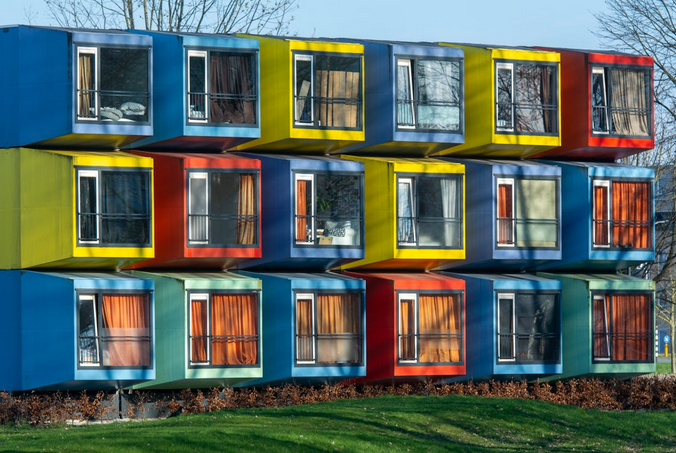
Financial Advantages for Homeowners
Sustainable pod living offers significant financial benefits for homeowners. Lower utility bills are a major draw. Energy-efficient designs reduce consumption, leading to savings each month. Insurance costs may also be lower for sustainable homes. Many insurers offer discounts for eco-friendly properties. This can translate into considerable yearly savings. Maintenance expenses tend to decrease as well. Sustainable materials often outlast traditional ones, meaning fewer repairs and replacements over time. Financing options have improved too. Some banks provide favorable loans or incentives specifically for green housing projects.
Implementation of Sustainable Pod Communities
Creating sustainable pod communities requires a shift in urban planning and community design. These neighborhoods focus on maximizing space while minimizing ecological footprints. Collaboration among architects, developers, and local governments is essential. They must ensure that zoning laws accommodate innovative housing solutions like pods. Community engagement plays a critical role too. Residents should be involved from the outset to foster a sense of ownership and commitment to sustainability practices. Incorporating shared green spaces adds value, promoting social interaction and biodiversity within these developments. Renewable energy sources can power these communities, reducing reliance on traditional grids.




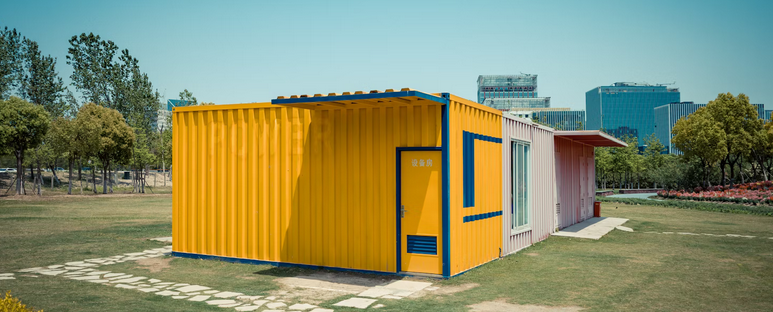

 Gambling addiction, or compulsive gambling, is characterized by an uncontrollable urge to gamble despite negative consequences. Recognizing the signs early can help prevent the escalation of the problem. One of the primary indicators is an increasing preoccupation with gambling.
Gambling addiction, or compulsive gambling, is characterized by an uncontrollable urge to gamble despite negative consequences. Recognizing the signs early can help prevent the escalation of the problem. One of the primary indicators is an increasing preoccupation with gambling.



 Your brand is more than just a logo or a slogan – it’s the essence of who you are as a business. Defining your brand involves articulating what sets you apart from your competitors and communicating this unique value proposition to your target audience. Start by identifying your brand values, mission, and vision. What do you stand for? What do you aim to achieve?
Your brand is more than just a logo or a slogan – it’s the essence of who you are as a business. Defining your brand involves articulating what sets you apart from your competitors and communicating this unique value proposition to your target audience. Start by identifying your brand values, mission, and vision. What do you stand for? What do you aim to achieve? Engaging with your audience is crucial for building a strong brand online. One effective way to connect with your followers is by creating interactive content encouraging them to participate. Whether it’s through polls, quizzes, or Q&A sessions, involving your audience in the conversation makes them feel valued and heard. Another great strategy is to respond promptly to comments and messages.
Engaging with your audience is crucial for building a strong brand online. One effective way to connect with your followers is by creating interactive content encouraging them to participate. Whether it’s through polls, quizzes, or Q&A sessions, involving your audience in the conversation makes them feel valued and heard. Another great strategy is to respond promptly to comments and messages.


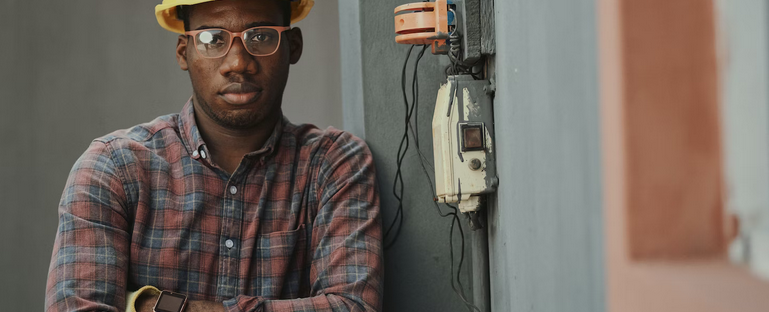






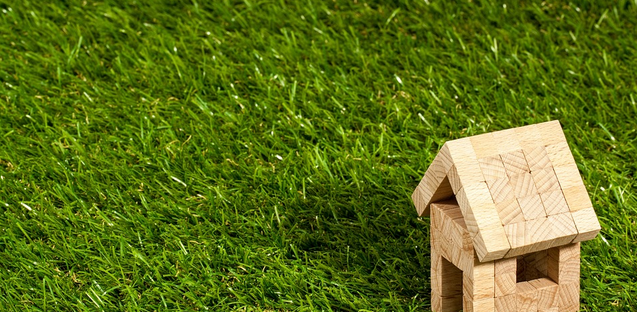

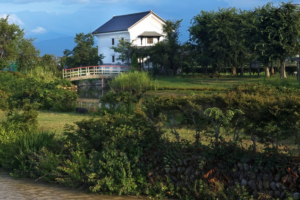 Ranches are a popular equestrian property for those looking to embrace the Western cowboy lifestyle. These properties usually consist of vast stretches of land, making them ideal for horseback riding and cattle grazing. The size of ranches can vary greatly, ranging from a few dozen acres to thousands.
Ranches are a popular equestrian property for those looking to embrace the Western cowboy lifestyle. These properties usually consist of vast stretches of land, making them ideal for horseback riding and cattle grazing. The size of ranches can vary greatly, ranging from a few dozen acres to thousands.
 When it comes to fashion, comfort isn’t always the first thing that comes to mind. However, with streetwear, comfort is one of its defining characteristics. Streetwear started as a response to the tight-fitting and restrictive high fashion of the 80s and 90s. Instead of prioritizing aesthetics over function, streetwear focused on creating stylish and comfortable clothing.
When it comes to fashion, comfort isn’t always the first thing that comes to mind. However, with streetwear, comfort is one of its defining characteristics. Streetwear started as a response to the tight-fitting and restrictive high fashion of the 80s and 90s. Instead of prioritizing aesthetics over function, streetwear focused on creating stylish and comfortable clothing. Pop culture profoundly impacts fashion, and streetwear is no exception. From movies to music videos, celebrities to social media influencers, popular culture heavily influences the design and style of streetwear clothing. One example of pop culture’s influence on streetwear can be seen in how hip-hop artists like Run-DMC helped popularize Adidas sneakers. Today, many people still associate Adidas with the hip-hop community and their iconic tracksuits.
Pop culture profoundly impacts fashion, and streetwear is no exception. From movies to music videos, celebrities to social media influencers, popular culture heavily influences the design and style of streetwear clothing. One example of pop culture’s influence on streetwear can be seen in how hip-hop artists like Run-DMC helped popularize Adidas sneakers. Today, many people still associate Adidas with the hip-hop community and their iconic tracksuits.
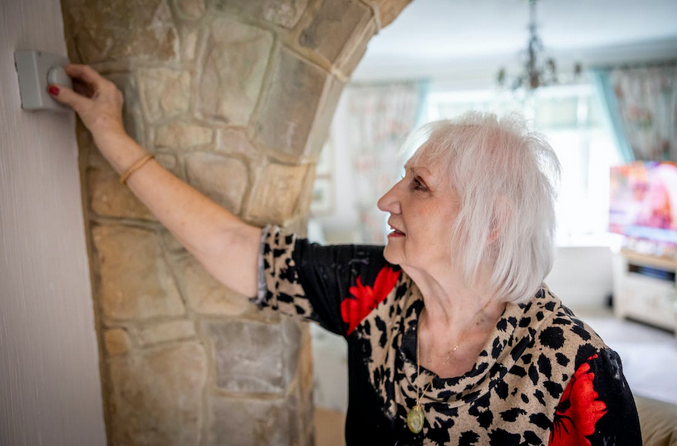



 As you design your site, search engine optimization should be at the forefront of your mind. Make sure to include keywords in your titles and content that people are likely to search for when looking for a business like yours.
As you design your site, search engine optimization should be at the forefront of your mind. Make sure to include keywords in your titles and content that people are likely to search for when looking for a business like yours.  Your domain name is your online identity, so choose one that reflects your business and is easy to remember. Avoid using hyphens or numbers, and try to keep it short.
Your domain name is your online identity, so choose one that reflects your business and is easy to remember. Avoid using hyphens or numbers, and try to keep it short.

 You can significantly reduce your exposure to harmful chemicals by making your own natural cleaning products. Many recipes are available online for DIY cleaning products that use ingredients like vinegar, baking soda, and essential oils. Not only are these products better for the environment, but they’re also usually cheaper than their store-bought counterparts.
You can significantly reduce your exposure to harmful chemicals by making your own natural cleaning products. Many recipes are available online for DIY cleaning products that use ingredients like vinegar, baking soda, and essential oils. Not only are these products better for the environment, but they’re also usually cheaper than their store-bought counterparts.
 The level of golfer you are will play a role in what kind of clubs you need. If you are starting, you will want to purchase a set of beginner clubs. These sets typically include a few irons, a putter and a driver. As you become more skilled at the game, you can upgrade to a group of intermediate or advanced clubs. These sets will have more specialized clubs, such as fairway woods and wedges.
The level of golfer you are will play a role in what kind of clubs you need. If you are starting, you will want to purchase a set of beginner clubs. These sets typically include a few irons, a putter and a driver. As you become more skilled at the game, you can upgrade to a group of intermediate or advanced clubs. These sets will have more specialized clubs, such as fairway woods and wedges. The grip is the part of the golf club that you hold onto. The two main types of clasps are rubber and corded. Rubber grips are more comfortable and easier to hold onto. Corded grips offer more control and are often used by experienced golfers.
The grip is the part of the golf club that you hold onto. The two main types of clasps are rubber and corded. Rubber grips are more comfortable and easier to hold onto. Corded grips offer more control and are often used by experienced golfers.
 One of the best things that you can do before you start reading a passage of the Bible is to pray. Ask God to give you wisdom and understanding as you read His word. This may seem like a simple tip, but it is essential. Asking for God’s help will ensure that you can understand what you are reading.
One of the best things that you can do before you start reading a passage of the Bible is to pray. Ask God to give you wisdom and understanding as you read His word. This may seem like a simple tip, but it is essential. Asking for God’s help will ensure that you can understand what you are reading. If you are still struggling to understand a passage, don’t be afraid to ask questions. Many resources can help you, including pastors, Bible study groups, and even online forums. By asking questions, you will get clarification on anything that you are struggling with. Understanding the Bible can be difficult, but it is possible.
If you are still struggling to understand a passage, don’t be afraid to ask questions. Many resources can help you, including pastors, Bible study groups, and even online forums. By asking questions, you will get clarification on anything that you are struggling with. Understanding the Bible can be difficult, but it is possible.
 One of the most important driving tips is to always keep a safe distance between your car and the car. This will give you enough time to brake if the car in front of you slows down or stop. Many people tend to follow the car in front of them too closely, leading to accidents. The NHTSA reports that rear-end collisions account for more than 28% of all car accidents.
One of the most important driving tips is to always keep a safe distance between your car and the car. This will give you enough time to brake if the car in front of you slows down or stop. Many people tend to follow the car in front of them too closely, leading to accidents. The NHTSA reports that rear-end collisions account for more than 28% of all car accidents. When driving, it is important to obey the speed limit, as speeding can lead to dangerous situations. Not only can you get a ticket for speeding, but you could also cause an accident. The NHTSA reports that speeding is a factor in about 30% of all fatal car accidents. So, if you want to avoid accidents, make sure to obey the speed limit. Even if you are in a hurry, you should always obey the speed limit.
When driving, it is important to obey the speed limit, as speeding can lead to dangerous situations. Not only can you get a ticket for speeding, but you could also cause an accident. The NHTSA reports that speeding is a factor in about 30% of all fatal car accidents. So, if you want to avoid accidents, make sure to obey the speed limit. Even if you are in a hurry, you should always obey the speed limit.
 With a poker analyzer, you can achieve an unprecedented level of accuracy in your analysis. This is because the software uses sophisticated algorithms to calculate the odds and probabilities of each hand. As a result, you can make informed decisions about the hands that you play and improve your overall game.
With a poker analyzer, you can achieve an unprecedented level of accuracy in your analysis. This is because the software uses sophisticated algorithms to calculate the odds and probabilities of each hand. As a result, you can make informed decisions about the hands that you play and improve your overall game. By analyzing data from previous hands, a poker analyzer can help you to understand the game of poker better than ever before. You can use this information to improve your playing strategy and give you an edge over your opponents. The poker analyzer allows players to analyze every aspect of their game to improve it.
By analyzing data from previous hands, a poker analyzer can help you to understand the game of poker better than ever before. You can use this information to improve your playing strategy and give you an edge over your opponents. The poker analyzer allows players to analyze every aspect of their game to improve it.
 Traveling in a motor coach has the potential of being cheaper than flying or taking an expensive bus ride, with some companies offering discounts for seniors or families with children. However, if the thought of being cramped up in one seat for hours on end sounds awful, then maybe paying more for another form of transportation would be worth it. Another pro for traveling by motor coach is that you can typically bring more luggage with you than on an airplane. With all of the new security measures being implemented, it has become increasingly difficult to take a large suitcase onto an airplane. On a motor coach, however, you are allowed to check two pieces of luggage per person at no extra charge.
Traveling in a motor coach has the potential of being cheaper than flying or taking an expensive bus ride, with some companies offering discounts for seniors or families with children. However, if the thought of being cramped up in one seat for hours on end sounds awful, then maybe paying more for another form of transportation would be worth it. Another pro for traveling by motor coach is that you can typically bring more luggage with you than on an airplane. With all of the new security measures being implemented, it has become increasingly difficult to take a large suitcase onto an airplane. On a motor coach, however, you are allowed to check two pieces of luggage per person at no extra charge. One of the biggest cons of traveling by motor coach is that it can often be quite time-consuming. Depending on your starting location and destination, it could take anywhere from 12 to 14 hours to get there. If you are short on time or would rather not spend a full day traveling, this may not be the best option for you. Another con of traveling by motor coach is that the bathrooms are usually not very clean and there will be no food or drinks served on board. If this sounds like a nightmare waiting to happen, then maybe taking another form of transportation would be worth it after all. If you don’t like to travel with many people, then this may not be the best option either. Motor coaches can often be quite crowded, so this is probably not the best way to go if you are looking for some peace.
One of the biggest cons of traveling by motor coach is that it can often be quite time-consuming. Depending on your starting location and destination, it could take anywhere from 12 to 14 hours to get there. If you are short on time or would rather not spend a full day traveling, this may not be the best option for you. Another con of traveling by motor coach is that the bathrooms are usually not very clean and there will be no food or drinks served on board. If this sounds like a nightmare waiting to happen, then maybe taking another form of transportation would be worth it after all. If you don’t like to travel with many people, then this may not be the best option either. Motor coaches can often be quite crowded, so this is probably not the best way to go if you are looking for some peace.

